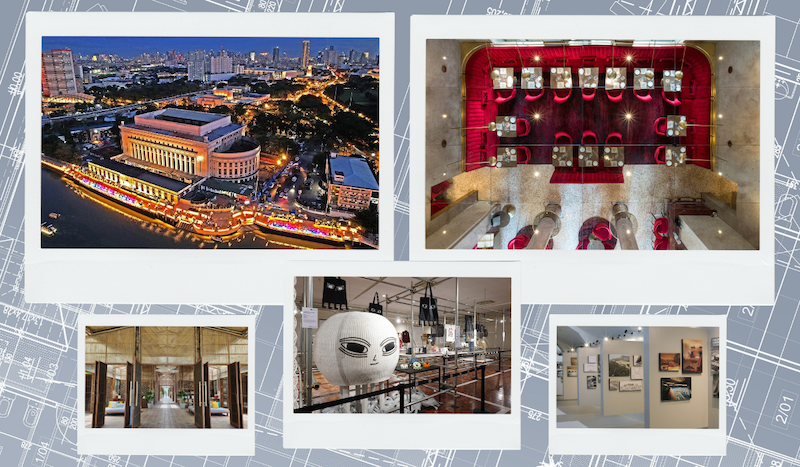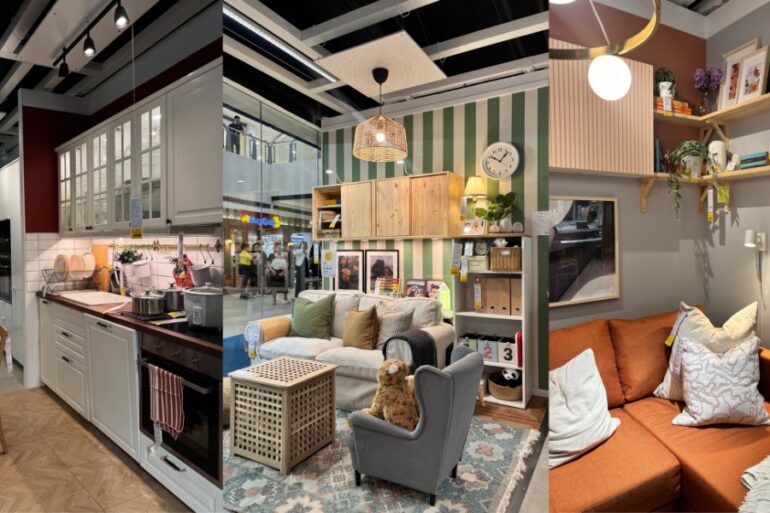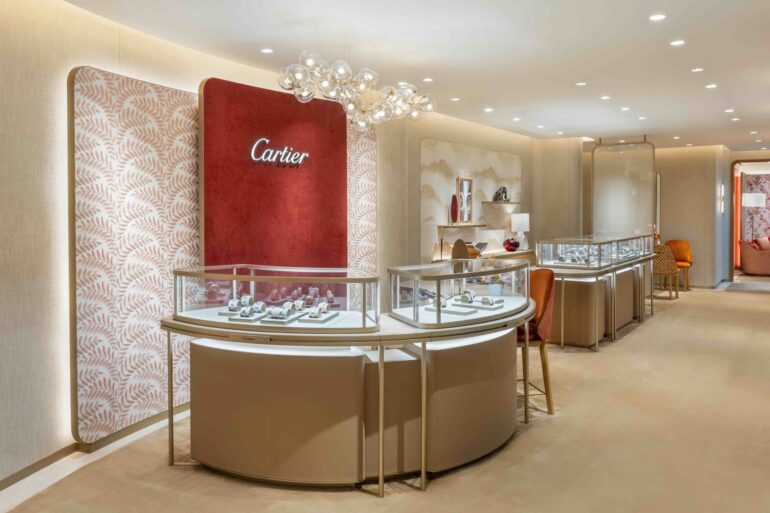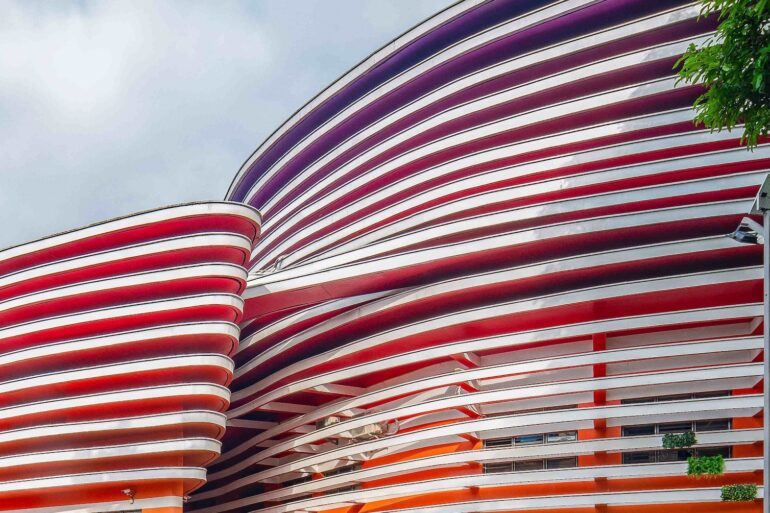While the public often sees design as a tangible outcome, it is equally an act, a process of shaping systems and behaviors.
As I write this, I am cruising 30,000 feet above the West Philippine Sea en route to Manila after my Taiwan Design Week coverage. Fueled by surprisingly passable airplane food and tea, I turned my thoughts to listing down the design moments that defined 2024 for this writing assignment. But first, let’s chat a bit about Taiwan Design Week, which, thanks to our friends from the Taiwan Design Research Institute, I was invited to cover as Kanto.PH.
This year’s festival tackles the burning topic of AI with a pavilion at the Songshan Creative and Cultural Park that frames it as a second brain; “AI is you and me,” the exhibit notes declare—a tool shaped by its users, much like design itself. Whether crafting interiors, restoring cultural memory, or addressing systemic bias, AI’s duality mirrors design’s capacity to reflect human intent. These parallels make me consider how, at its best, design acts as a force for renewal, connection, and problem solving.
In essence, design is problem-solving distilled into elegance, efficiency, and human connection. While the public often sees design as a tangible outcome—whether a chair, a building, or a magazine layout—it is equally an act, a process of shaping systems and behaviors. Design is never static; it’s iterative and evolving, a vital tool for navigating an uncertain world and making life not just bearable but meaningful. And there are many of these meaningful design moments that have given creatives like me hope despite this trying year.
Rising from the ashes

Stories of destruction have marked the past two years, but so have uplifting narratives of triumph and renewal. One such story is that of the Pasig River Esplanade. The master plan, co-designed by WTA Architecture and Design and PGAA, offers hope for a threatened river from end to end.
It creates long-lost interfacing opportunities with the river that has given so much to the inhabitants living along its banks. A short 250-meter stretch has opened from Jones Bridge to Plaza Mexico, a taster of what the rest of the development could be like if the specter of the planned expressway development dissipates.
Meanwhile, PHLPost and heritage advocacy group Renacimiento Manila’s release of the world’s longest stamp, which also has the Pasig River as its muse, highlights the river’s history and the heritage landmarks that sprouted along its storied shores —including the iconic Manila Central Post Office (Juan M. Arellano, Tomás Mapúa, Ralph Harrington Doane, 1926) still awaiting its rebirth after a devastating fire.
On a global scale, the anticipated reopening of the Notre-Dame de Paris following damage sustained from a catastrophic fire five years back finally happened this December. A quick Google search reveals a largely positive reception of the renovation direction, bringing the light and buoyancy that once characterized the cathedral marred by centuries of pollution and visitor wear and tear.
A celebration of design heritage

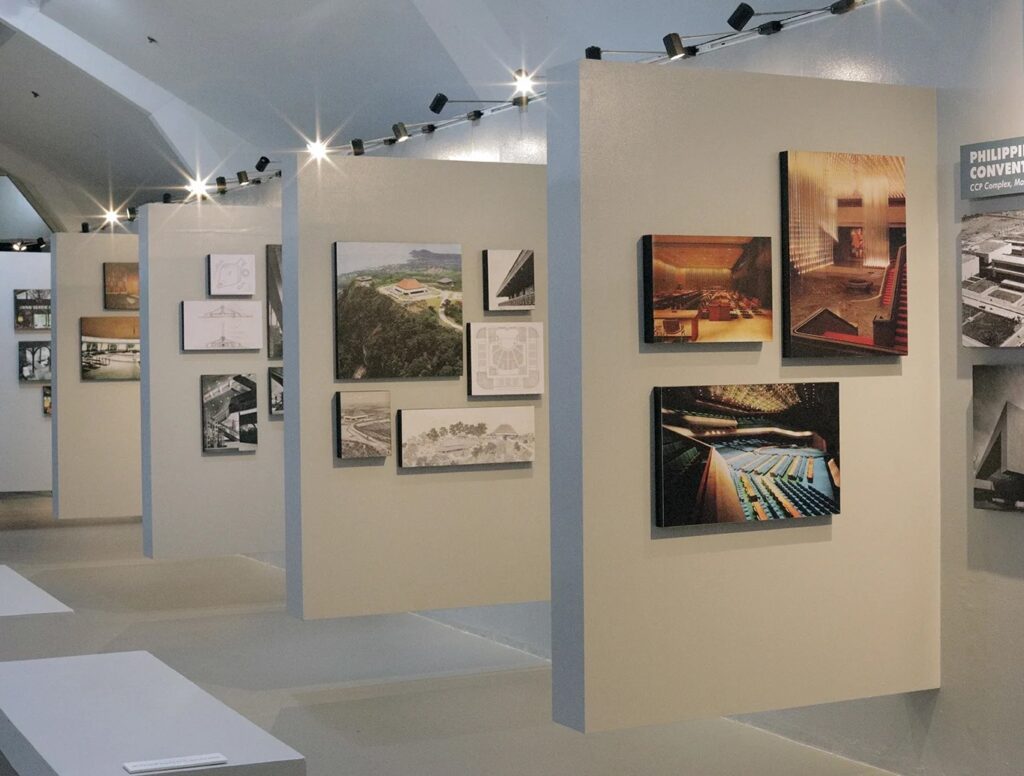
This year also saw significant efforts to document and celebrate design history and contemporary examples. The 2024 launch of DOM Publisher’s Architecture Guide Manila (written by Fil-Canadian Bianca Weeko Martin) at the Metropolitan Theater marked a milestone—the first guidebook chronicling Philippine architecture, albeit limited in scope to Manila for now. It was a journey that began back in 2019, severely delayed by the pandemic, but whose rapturous reception (I’ve heard rumors of a new print run) reveals the public’s desire for more books and platforms that document our built environment and put them in touch with our shared architectural heritage.
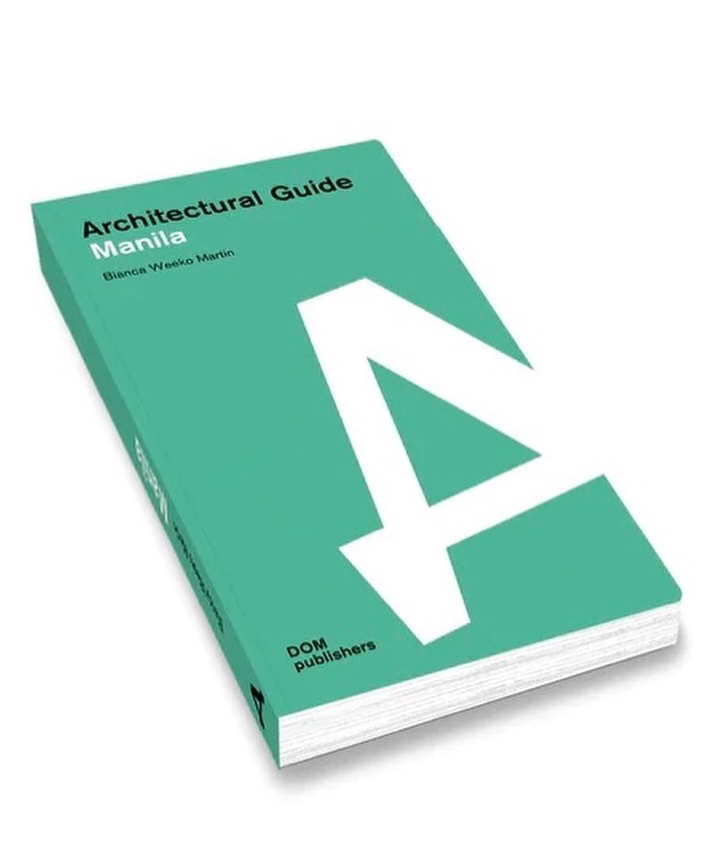

DOM Publisher’s Architecture Guide Manila by Fil-Canadian Bianca Weeko Martin
December was also recently declared Philippine Architecture Month, a long-overdue recognition of our homegrown architects and their spatial legacies. Beyond our shores, Hong Kong’s landmark I.M. Pei exhibit on the legendary Chinese-American architect showcased a modernist who rejected placelessness, choosing instead to root his designs in context and culture. I thoroughly enjoyed my time at the visually and mentally stimulating exhibit and, even more so, the conversation that followed with its curator, Shirley Surya.

Closer to home, a landmark exhibit on National Artist for Architecture Leandro Locsin initiated by the Center for Campus Art and the CCP and curated by architect Gerry Torres couldn’t have come at a better time; several Locsin works, like the NAPOCOR complex, are currently under threat of demolition.
I’d be remiss not to include the landmark 50 Years of Philippine Design and Beyond exhibit curated by Marian Pastor Roces and the Design Center of the Philippines at the National Museum. This exhibit chronicled Philippine design history and, from December 2023 to 2024, attracted over 300,000 visitors—a testament to the public’s hunger for connection through design.
Transformative design movements
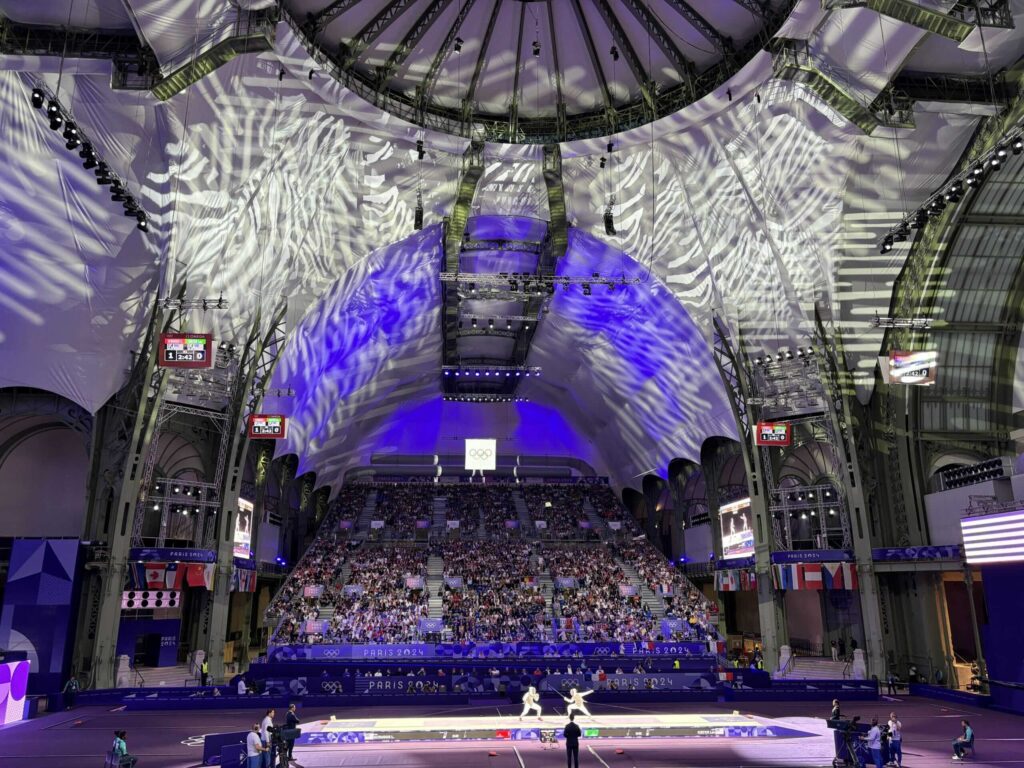
The Paris Olympics exemplified the power of design to galvanize nations with its striking branding (the pastel-hued branding is refreshing and melded well with the city of Paris, but let’s not talk about that divisive logo), typography, and eco-conscious hot-air balloon cauldron by Mathieu Lehanneur.
Similarly, homegrown events like the Manila Illustration Fair, Type Fair Philippines, and Architecture and Design de Oro (ADDO) at Cagayan de Oro energized creative communities across the country, encouraging creative camaraderie, visibility, and knowledge exchange. In Manila, the “Hola Escolta” program at the First United Building celebrated Escolta Street’s cultural vibrancy, reactivating heritage spaces and fostering a shared sense of identity beyond its namesake street, once considered the city’s Wall Street.
Sustainable design futures
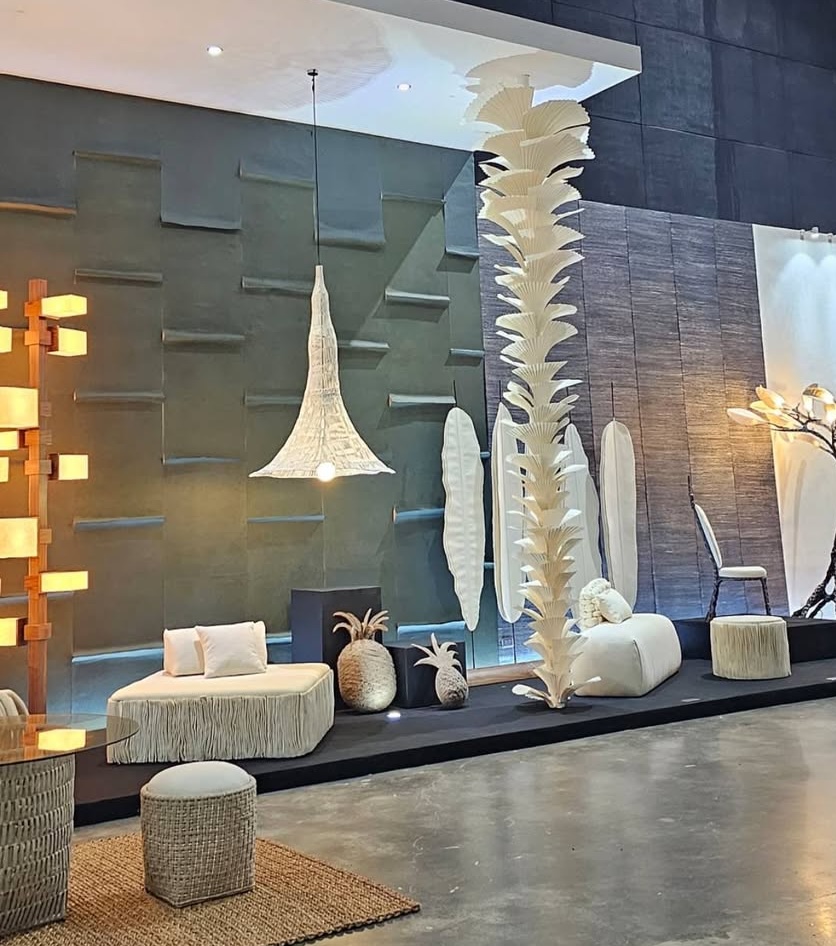
Sustainability remains a design buzzword in 2024, with innovations like the Design Center of the Philippines’ D&AD winning Pinyapel—a versatile material derived from pineapple waste—expanding beyond paper to furniture design, as seen in their collaboration with designer Milo Naval and 21 companies at this year’s Manila FAME show. The rise of bamboo architecture practitioners such as Sangay Architects, Kawayan Design Studio, and Kawayan Collective, alongside initiatives like the HILTI Foundation’s BASE Bahay, demonstrated how abundant natural materials, like bamboo, can be harnessed for sustainable building.
Similarly, renewed interest in rammed earth construction reflects a growing commitment to ecological stewardship in design, with some architects I am familiar with eager to explore the possibilities this material can offer; it is interesting to note that the winning pavilion concept by curator Renan Laru-an and artist Christian Tenefrancia Illi for next year’s Philippine Venice Architecture Biennale showing is anchored on soil. The recent opening of Balay Yatu, spearheaded by TAYO’s Tasha and Bella Tanjutco and the newly opened Museo Pambata, helps bring the conversation on culture and climate to the next generation in a venue billed as “Asia’s first youth-curated creative space and cultural hub.”
Community-centered spaces
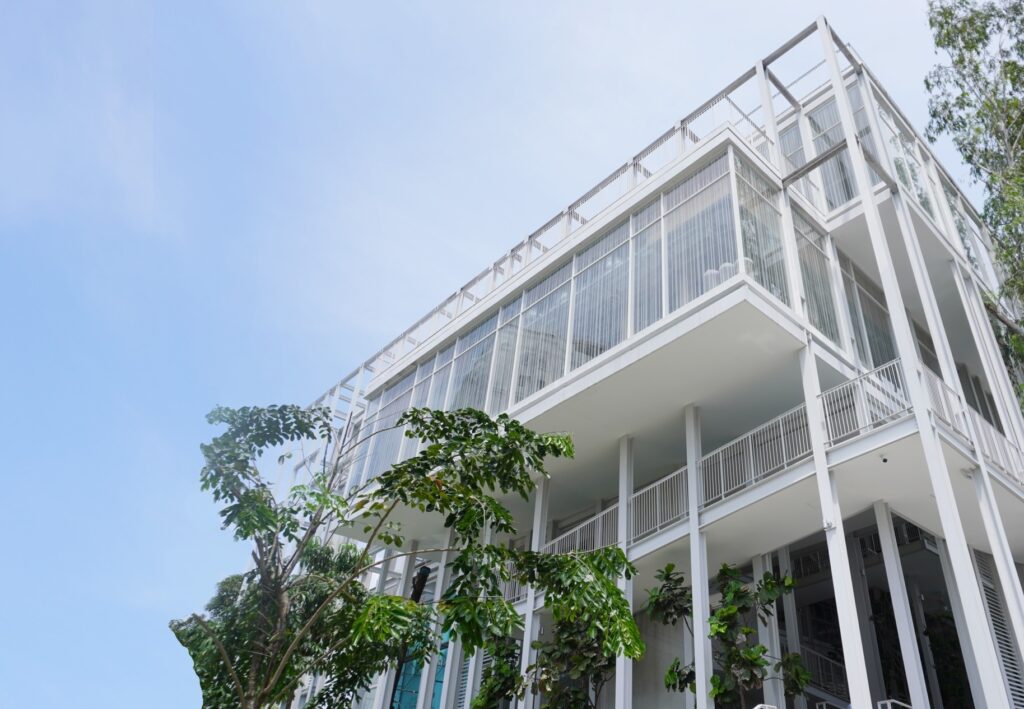
Speaking of creative spaces, 2023 and 2024 were years when community-centric typologies sprouted like mushrooms across the Metro, offering hubs for creativity and collaboration. Tiktok-famous Corner House in San Juan, Comuna’s much-loved creative hub in Makati, the newly opened Navitas Learning Haus at Poblacion, and multi-use spaces like The Pinkhouse in Taguig and The Mess Studio by Common Room exemplify this trend towards spaces that serve as the community’s living room. Even F&B spaces like Convenience Coffeehouse have become venues for exhibits and workshops, further fueling a creative population eager to connect and utilize corners for self-expression.
The rise of the makers


Gio Prado’s DIY Welcome stool
Filipinos have always been good with their hands, and this year saw a sustained rise in young designers finding their footing in sustainable industrial design. Gio Prado, co-designer of the popular DIY Welcome stool (yes, it’s the same one you see in Yardstick), has decided to turn a new page and rebrand from UNFSD (Unfinished) into Exploratory Projects, where he believes his creative horizons can be further broadened. He has since collaborated with rising product designers like Selena Placino, who crafted a bookend for the brand. Placino has been rather busy and joined furniture design peers, Jasser Aguila, Edward Sibunga of E/lou, and Chini Lichangco with Krete Manila, among others, at EMERGE at FIND Fair Asia, a furniture showcase for emerging young Asian designers in Singapore, curated by Design Anthology’s Suzy Annetta.
The Makati-based folks of MOLD, a maker lab and circular design studio, have been making waves for their popular Little Maker’s program, regular creative talks, and, naturally, the fun objects they’ve been churning out of their 3D printers. Their latest product, the 3D-printed, jellyfish-inspired Sora lamp, has been flying off their shelves.
Filipinos on the global stage

The Philippines made waves internationally in 2024. I had the honor to witness some of these triumphant moments live, when MEDE Architecture principal Eldry Infante was proclaimed overall winner of the prestigious Architecture Drawing Prize, where his winning work was exhibited at the Sir John Soane Museum.
Filipino entries earned a whopping nine Good Design Awards from Japan’s G Mark, a covetable mark of exemplary design, with nods for the First United Building, Lakat Shoes, Obra Ceramica, and Kilyawan Farm Resort, among others. At the World Architecture Festival, of which Kanto.PH has been a long-time media partner, I had front-row seats to the journeys of the Philippines’ eight shortlisted entrants, as they trained their way to the live crit sessions in Singapore. 2024 is also a big year for the Global Student Charette division of the festival, where an unprecedented four Filipino student teams (two apiece from Mapua Malayan Colleges Mindanao and last year’s charette winner, University of Northern Philippines in Vigan), never before accomplished by a single nation, made the shortlist cut for the live charette in Singapore.
No competitive category won, sadly, but the Philippines did not come home empty-handed, with three WAFX (awarded to future projects) wins to its name, thanks to Balai Ani by Pluszerotwo Architecture, Waste-Wise House by Bacungan Architects, and the Maguindanao del Norte Capitol by Swito Architecture.
Toward a National Design Policy
Good design as a right has always been part of the Design Center of the Philippines’ goal, and they’ve made the necessary strides with ongoing efforts to develop a National Design Policy with the help of noted marketer and advertising savant Paulo Mercado of Ogilvy Consulting Asia. This initiative seeks to embed design thinking as a Filipino core competency, positioning design as a tool for systemic change across governance and society. During the State of PH Design session at the 2024 Design Week Philippines, Mercado aptly said, “We need to make good design our norm, not an exception.”
What makes for good design anyway?
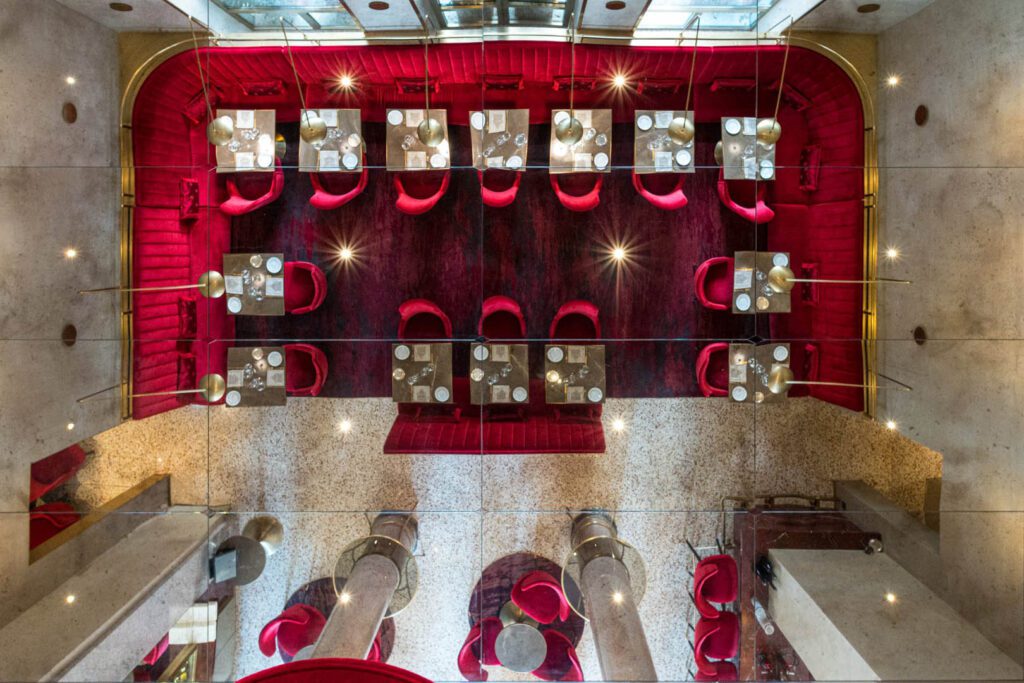
Reflecting on the design moments of 2024, my trip to Milan this year revealed a great deal about what makes for good design. Love and support, often overlooked in designer success stories, are vital ingredients. Milan-based Filipina industrial designer Mirei Monticelli is a prime example. Her ethereal banaca lamps took root and flourished in Milan, thanks to the unwavering support of her husband, in-laws, and the hardworking craftspeople of Catanduanes, who have been supplying her and fashion designer mom Ditta Sandico with this novel material.
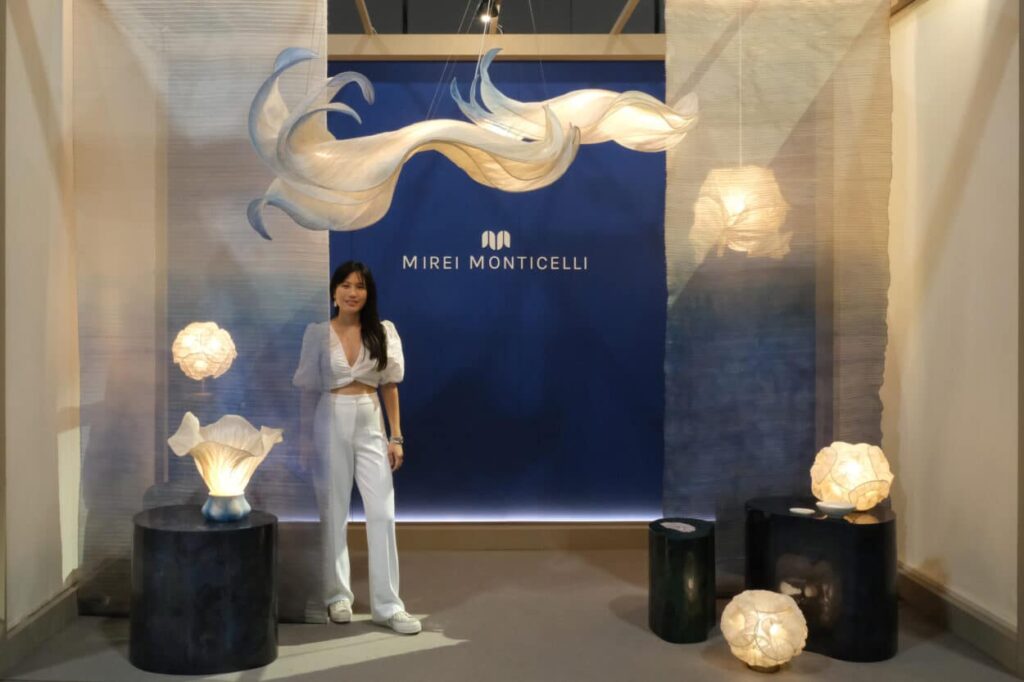
Equally crucial is tenacity. Milan-based Filipino architect Michael Vincent Uy embodies this quality, rejecting the “first Pinoy” narrative often placed upon him. Instead, Uy insists on being seen simply as a designer who can stand toe-to-toe with the best, regardless of nationality. His tenacious spirit has led him to achieve two milestones this year: winning the coveted commission to renovate Teatro La Scala’s Il Foyer restaurant and becoming (forgive me, Michael!) the first Filipino to design a door handle for the prestigious Olivari brand, joining the likes of Rem Koolhaas, Zaha Hadid, and Toyo Ito in its distinguished stable of designers. His journey underscores the idea that our identity, with all its complexities, can fuel rather than hinder our creative goals.
Perhaps the most transformative insight comes from Robby May-Sylianteng, managing director of First United Building and HUB Make Lab, who shared this during a Media Salo-salo hosted by the Design Center of the Philippines a few weeks back: “It always helps to think about design not in an additive but in a multiplicative manner.” This perspective highlights design’s far-reaching impact, not just on immediate users but on systems, environments, and communities. What we create now can have ripple effects, shaping smarter, more empathetic decisions grounded in malasakit, that beautiful Filipino expression we use for “compassion.”
This multiplicative nature reminds us of the consequences of both good and bad design. Every steep wheelchair ramp, bay reclamation project, expressway over water, or system that discriminates against minorities is a missed opportunity to design with foresight and empathy. But equally, every well-considered design moment, whether in sustainable materials, reactivated heritage spaces, or equitable systems, shows us the power of thoughtful design to shape a better world.
Design can save the world, but it takes you and me to make it happen. Here’s to even better design moments in 2025!

